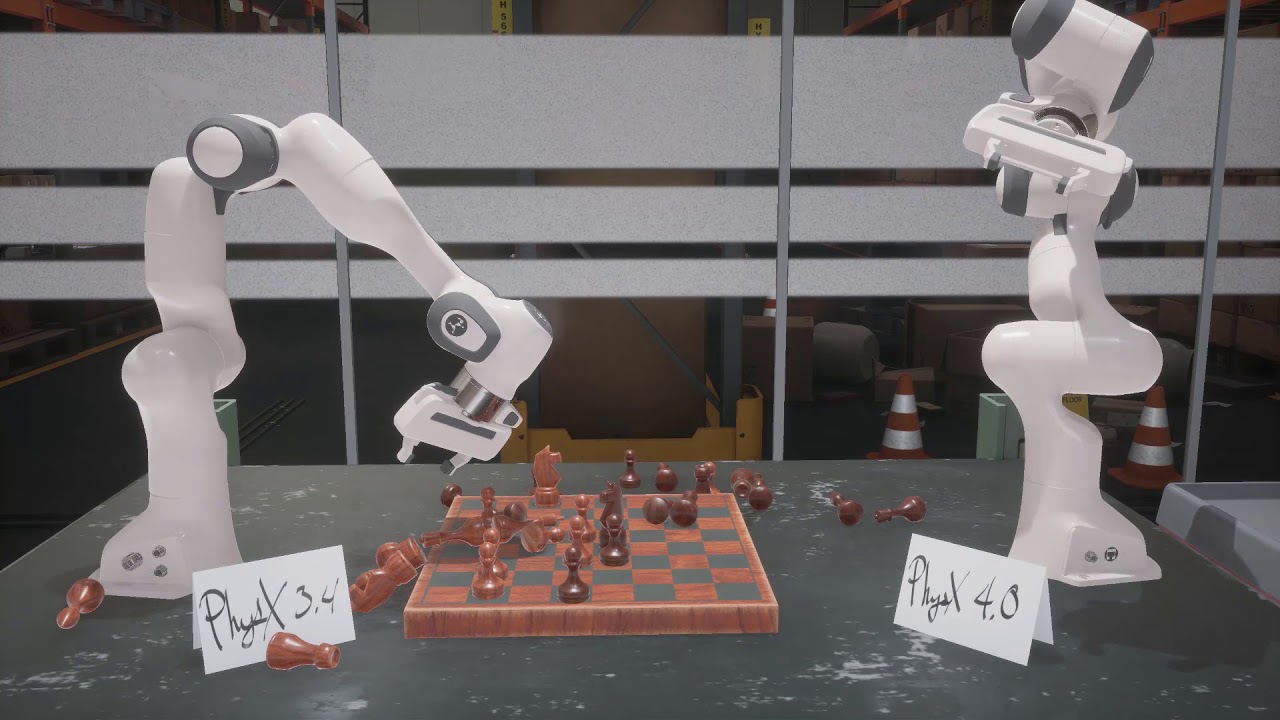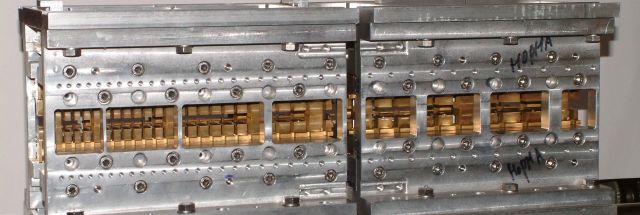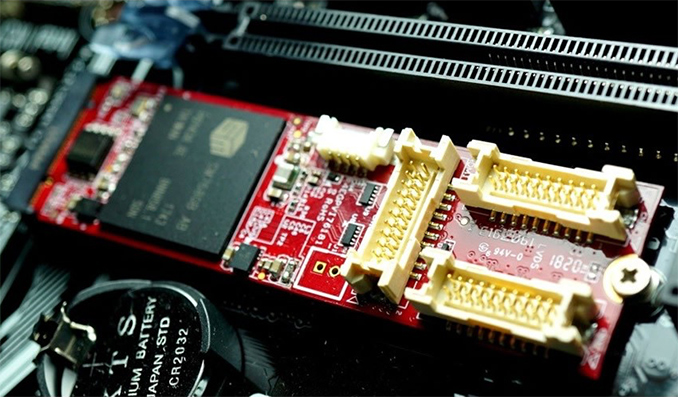Most lasers are either friendly tabletop devices or so small that you don’t even notice them. But if you want to do something special like image the structure of a delicate protein, you need a very short wavelength and very high-power laser. That means a free electron laser (FEL).
I love FELs, but they’re expensive. A laser produces one beam, and that beam is usually limited to one or two users at a time. So competition for beam time at FELs is fierce. That may be about to change, though. An unexpected experimental result at the Linac Coherent Light Source may be the key to making multiple beams from a single FEL undulator line.
Enough gibberish
OK, time for some physics-to-almost-English translation. Let’s start with some FEL goodness.
Light is emitted by charged particles when they’re slowed down or forced to change direction. In a free electron laser, blobs of electrons are shot through a series of magnets, called an undulator, that make the electrons wiggle or spiral. With each complete cycle of wiggling or spiraling, the electrons emit a photon.
The wavelength of the photon is dictated by the energy of the electrons and the spacing of the magnets. These are both design elements, so an engineer can set the wavelength of the laser by shifting magnets and/or changing the energy of the electrons.
The electrons travel in a bunch, which has to be very short to ensure that you get laser light. If the bunch is spread out, there is a time delay between the electrons. If the light emitted at the back of the bunch is not in phase with the light at the front, you get reduced output power. Anything that spreads the bunch is bad.
Within the bunch are micro-bunches. These are tiny conglomerates of electrons that are spread throughout the main bunch. If all the micro-bunches are lined up nicely abreast like runners at a starting line, you should get nice, high-quality radiation.
Putting this all together, a FEL is a long line of magnets. At one end, an electron gun and an accelerator shoot in regularly spaced bunches of high energy electrons. These electrons exit the other end, very tired after having given it their all. A pulse of X-ray light exits with each electron bunch.
This is also why one undulator gives one FEL beam.
Don’t turn corners
One way to get more FELs out of a single electron beam is to use several undulators. After the electrons exit one, they are diverted to the next undulator and so on until the electron energy is too low to produce useful radiation. This is pretty much the goal of every FEL, and many of them do this.
But the process involves making the electrons go around corners, which spreads the bunch. After that, you need to compress the bunch again. That sounds simple, but it’s not. Every time something in the first undulator changes, the magnets used to pull the bunch back together again need to be changed. Imagine if you had five or six undulators in a row—it would quickly become unmanageable.
The problem is that the micro-bunches don’t go around corners together; they simply slew to take the shortest possible path. The micro-bunches enter line abreast and exit line astern. Exactly the worst possible case.
The simple picture of electrons turning corners is not quite right, though. Researchers gave an electron bunch a little kick between undulator magnets at the Linac Coherent Light Source. The kick caused the electrons to suddenly (but only very slightly) change direction. This should have resulted in a substantial reduction in light from the FEL but didn’t. Lots of light was emitted along the new direction of the electron beam. This should not have happened because the bunch should have been too spread out.
Taking a closer look at the exact circumstances of the kick revealed the trick.
Electrons lack focus
The key turned out to be how the electron beam is prepared and maintained as it goes through the undulator. The beam focuses and defocuses periodically. If the kick happens in the defocus part of the cycle, the micro-bunches follow a trajectory that just happens to keep them almost in a line abreast.
The rotation is not perfect, with the bunch spreading out a little as it goes. However, the small amount of spreading gets corrected by the next undulator. The electrons at the front emit a little more radiation until they are back in the bunch. At the same time, the electrons at the back absorb a little radiation until they are caught up. Then, all the electrons start emitting lots of energy as radiation.
What does this all mean?
The researchers compare their theoretical results to the data from the Linac Coherent Light Source FEL and showed that they obtain pretty good agreement. The researchers also modeled a kind of bent FEL, where the beam is periodically kicked and sent into a new undulator. They showed that up to five FEL beams could be obtained from a single electron beam.
That is an important finding. FEL facilities are expensive, and user time is limited. That’s because you can’t divide a single FEL beam between multiple user stations very easily. This also makes it very difficult for researchers to get time at FEL facilities. There simply aren’t enough hours in the day.
With this latest development, it may be possible to modify existing FEL facilities to support larger numbers of users at the same time. And that’s a win for everyone.
Physical Review X, 2018, DOI: 10.1103/PhysRevX.8.041036 (About DOIs)
Listing image by UCLA Particle Beam Physics Lab




